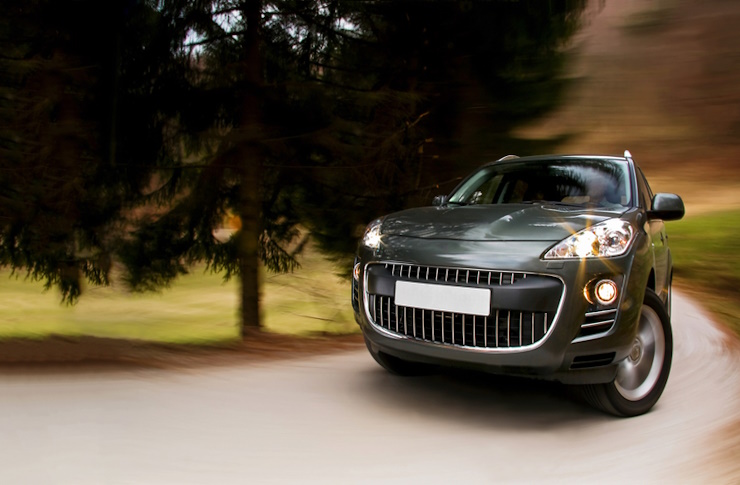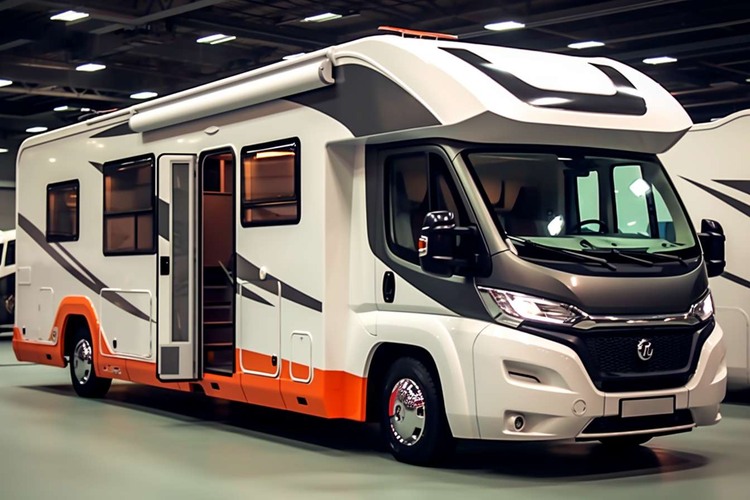Future of Hydrogen Fuel Cell Vehicles: An Untapped Potential
The automotive world stands at the cusp of a major shift, where alternative fuels are not just a possibility but a necessity. Enter Hydrogen Fuel Cell Vehicles (HFCVs); a technology that has been around for a while but is only now getting the spotlight it deserves. This article explores the advent of hydrogen fuel cell vehicles, their current state, and future potential in the changing landscape of the automotive industry.

A Journey Through Time: The Advent of Hydrogen Fuel Cell Vehicles
The concept of HFCVs dates back to the 1960s when General Motors developed the Electrovan, the world’s first hydrogen-powered vehicle. However, the technology was not commercially viable due to the high cost and lack of infrastructure. It wasn’t until the 21st century when automakers started to seriously consider HFCVs as a sustainable alternative to internal combustion engines (ICEs). As we move towards a greener future, the industry is now witnessing an increased interest in this technology.
The Science Behind HFCVs: How They Work
A Hydrogen Fuel Cell Vehicle uses a chemical process to generate electricity within a fuel cell, which then powers the electric motor that drives the vehicle. Hydrogen gas stored in high-pressure tanks combines with oxygen from the air in the fuel cell to produce electricity, with water and heat as the only by-products. The absence of harmful emissions makes HFCVs a promising alternative for a sustainable future.
The Current Scenario: Industry Trends & Expert Insights
The hydrogen fuel cell market is slowly gaining momentum. Major automakers like Toyota, Honda, and Hyundai have already launched their HFCVs in select markets. However, the widespread adoption of this technology is hindered by a lack of infrastructure and high costs. Experts believe that these challenges can be overcome with increased research and government support for the development of hydrogen fueling stations.
The Impact of Hydrogen Fuel Cell Vehicles on the Automotive Industry
HFCVs have the potential to revolutionize the automotive industry. They offer longer driving ranges and quicker refueling times compared to battery-electric vehicles (BEVs), making them a desirable choice for long-distance travel and commercial use. However, the success of HFCVs is dependent on overcoming challenges such as cost reduction, infrastructure development, and public acceptance.
Looking Forward: The Future of Hydrogen Fuel Cell Vehicles
As the world moves towards cleaner energy, HFCVs have the potential to play a major role. With continuous technological advancements and increased government support, we can expect to see more HFCVs on the road in the future. The journey of HFCVs has just begun, and the coming years will determine their place in the future of mobility.
In conclusion, the automotive industry stands at an exciting crossroads, with HFCVs promising a cleaner, sustainable future. While challenges remain, the industry’s commitment to green technology, backed by rigorous research and development, ensures that the future of automotive mobility is bright, clean, and hydrogen-fueled.




